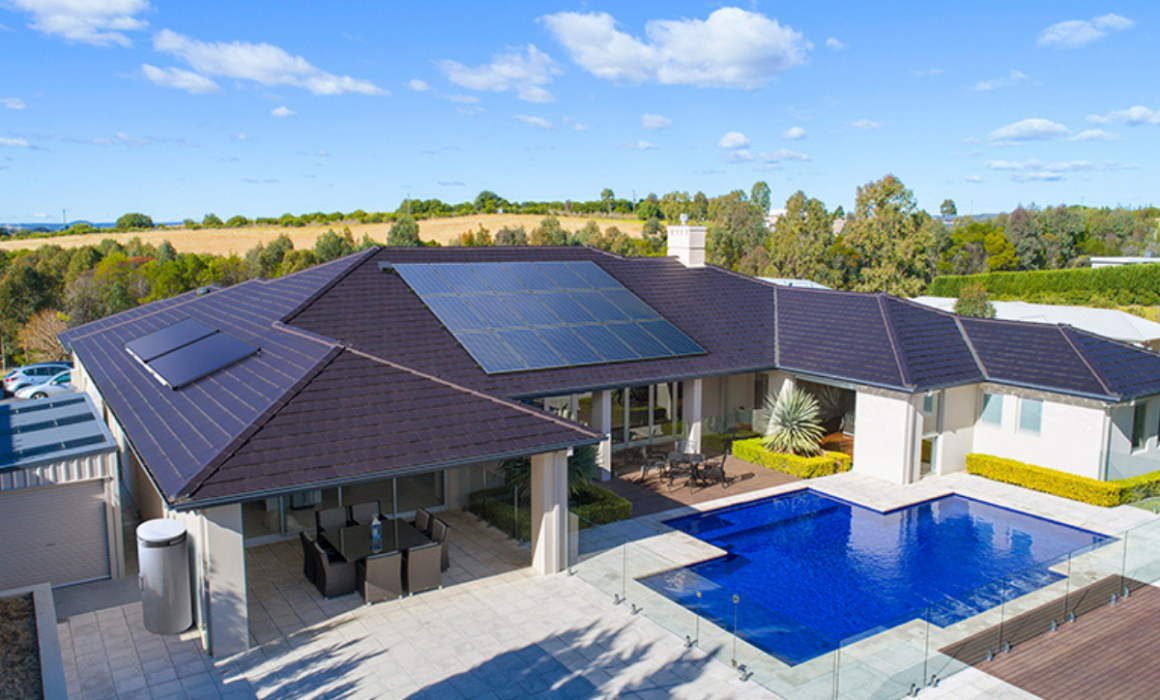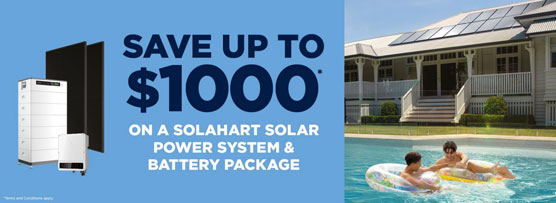Solar System Size – Does It Matter?
It’s an exciting feeling! You’ve decided to move your home to solar power and reduce your carbon footprint. The change is welcome. Not only does it help the environment but it will also reduce those electricity bills which are, let’s face it, a bit of a bugger.
Where should you start though, and does solar system size really matter? There are a few things to consider when diving into solar and you want to get things right. Check out these tips to help guide you on your path to sunnier, (and more affordable), days.
First, Figure Out How Much Electricity You Use
You’ve got the biggest roof in the neighbourhood and you feel tempted to cover the whole thing in as many solar panels as you can. But do you really need that many? It all depends.
If you are a family of four with a pool, your daily energy usage may be high. If you’re a single person who’s often out and about, however, your needs will likely be much lower. This is especially true in summer.
The best way to calculate your home’s energy and the solar system size you might need is to do what your accountant says. Look at the numbers. It starts with an easy task: examine your past electricity bill. A quick glance should give you the answer. Many billing systems post an average daily energy usage for your home.
It’s also a good idea to keep the following benchmarks in mind:
- While homes vary in their energy needs, the average Australian home uses somewhere between 15-20kWh per day.
- Typically, the bulk of your energy is being used up by your air conditioning or heating systems.
- The next big consumers are usually your water heater, (especially if you have a pool), followed by your fridges and freezers.
Feel like cutting back? If you want to consume less energy, think of making changes like turning off the AC or heat during the day if no one is home.
Next, Consider Your Space
Next, think of the size of your roof. It’s time to get technical. Solar system packages come in different shapes and sizes. Generally speaking, a 5kW solar system will generate about 20kWh per day of electricity on a sunny day in Brisbane. (Each kW (kilowatt) of solar panels generates about 4 kWh of electricity per day, and so you multiply this by five).
A 5kW solar system needs somewhere between 25.5 to 34 meters squared of space on a roof. On average, this means a typical home in Australia will install between 15 and 20 solar panels to get the job done.
Finally, Think of How and When You Use Your Home
Of course, the number of solar panels you need can vary. Does 15 to 20 units sound like way too much? Does Santa need more landing space? For smaller homes, a 3kW solar system could be sufficient. If you’re living on your own or as a couple, this might be enough.
In contrast, bigger families who are home a lot might need a larger 6.6kW solar system. This is especially true if you want to add a battery to store the sun’s energy for use at night. A bigger 6.6kW system with a battery allows an average family home to generate power for use during the day and to save some for later. If you generate more energy than you use, the excess can be sold back to the grid for a profit. Yes, you can even earn money from the sun!
So, as you can see, solar size really does matter! Looking to get started? Contact us now for a free quote and start your exciting journey in solar. We have the best solar products in Brisbane.
Sources:
https://www.choice.com.au/home-improvement/energy-saving/solar/articles/how-much-solar-do-i-need
https://energysaver.nsw.gov.au/households/understand-your-usage/discover-whats-using-most-energy


